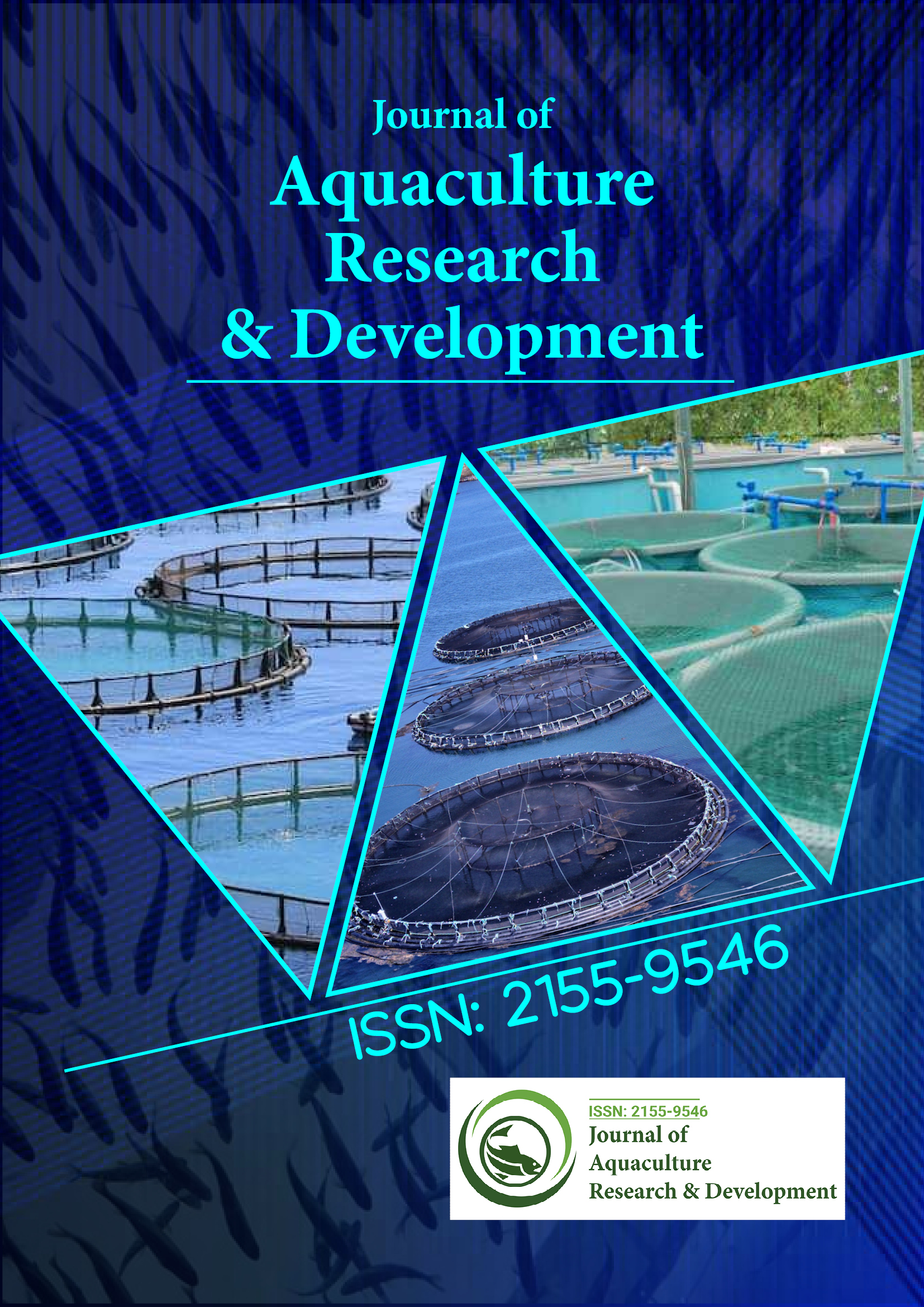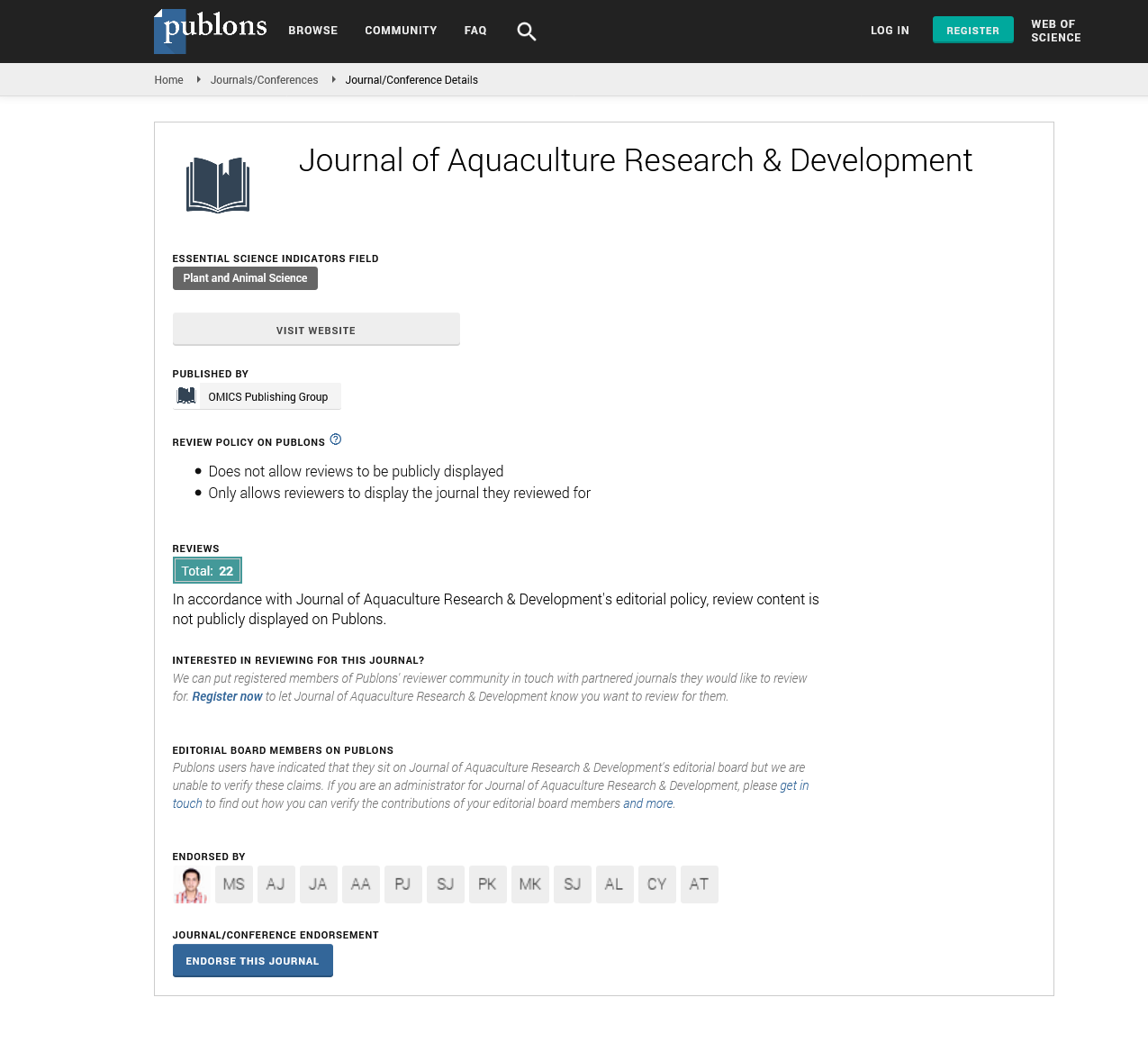Indexed In
- Online Access to Research in the Environment (OARE)
- Open J Gate
- Genamics JournalSeek
- JournalTOCs
- Scimago
- Ulrich's Periodicals Directory
- Access to Global Online Research in Agriculture (AGORA)
- Electronic Journals Library
- Centre for Agriculture and Biosciences International (CABI)
- RefSeek
- Directory of Research Journal Indexing (DRJI)
- Hamdard University
- EBSCO A-Z
- OCLC- WorldCat
- Scholarsteer
- SWB online catalog
- Virtual Library of Biology (vifabio)
- Publons
- MIAR
- University Grants Commission
- Euro Pub
- Google Scholar
Useful Links
Share This Page
Journal Flyer

Open Access Journals
- Agri and Aquaculture
- Biochemistry
- Bioinformatics & Systems Biology
- Business & Management
- Chemistry
- Clinical Sciences
- Engineering
- Food & Nutrition
- General Science
- Genetics & Molecular Biology
- Immunology & Microbiology
- Medical Sciences
- Neuroscience & Psychology
- Nursing & Health Care
- Pharmaceutical Sciences
Perspective - (2025) Volume 16, Issue 2
Wastewater Reuse in Urban Aquaculture: A Biotech Approach
Meera Thinara*Received: 03-Feb-2025, Manuscript No. JARD-25-28621; Editor assigned: 05-Feb-2025, Pre QC No. JARD-25-28621 (PQ); Reviewed: 19-Feb-2025, QC No. JARD-25-28621; Revised: 26-Feb-2025, Manuscript No. JARD-25-28621 (R); Published: 05-Mar-2025, DOI: 10.35248/2155-9546.25.16.965
Description
The rapid expansion of urban centers has placed immense pressure on freshwater resources, prompting the need for innovative and sustainable solutions for food production. Among these, urban aquaculture is gaining momentum as a localized, environmentally responsible means of producing aquatic food. One of the most promising yet underutilized strategies within this domain is the reuse of wastewater. Integrating biotechnology with wastewater treatment opens new avenues for reconditioning urban effluents into nutrient-rich, safe water for aquaculture applications. This approach not only addresses water scarcity but also provides a closed-loop system that supports sustainable food systems and reduces environmental degradation.
Wastewater, particularly from domestic and municipal sources, is laden with organic matter, nitrogen, phosphorus, and trace elements that, when properly treated, can serve as valuable inputs for aquaculture. However, traditional wastewater contains pathogens, heavy metals, and pharmaceuticals that pose significant risks to fish health and human consumers. Biotechnology plays a key role in transforming this liability into an asset by enabling advanced treatment and bioremediation processes that detoxify and condition wastewater for aquaculture use. The application of biofilters, constructed wetlands, and microbial consortia designed for specific pollutant degradation are central to this transformation.
One of the most effective biotechnological interventions involves the use of microalgae and bacteria in combination to remediate wastewater. Microalgae, such as Chlorella and Scenedesmus, are capable of uptaking nitrogen and phosphorus, while photosynthetically producing oxygen that supports aerobic bacterial activity. Concurrently, nitrifying and denitrifying bacteria play a role in converting ammonia to nitrate and eventually to nitrogen gas, thus reducing the toxic nitrogen load. The biomass generated from these processes can also be harvested and repurposed as feed ingredients in aquaculture, further closing the nutrient loop. Such systems not only purify water but also contribute to circular economy models that are increasingly vital in urban environments.
Several pilot studies in Southeast Asia, Europe, and Africa have shown the feasibility of these systems in integrating aquaculture with wastewater reuse. In one study, a decentralized aquaculture unit using treated greywater from residential buildings successfully supported the growth of tilapia and catfish without compromising food safety. Biotechnological treatment stages involved UV disinfection, biofiltration with activated carbon, and the use of tailored microbial cultures for heavy metal immobilization. The final effluent met safety standards for aquaculture as set by WHO and national regulatory bodies. Fish reared in such systems demonstrated comparable growth rates and survival as those reared in conventional clean-water systems, indicating the effectiveness of the treatment process.
Urban aquaculture using reclaimed wastewater also supports vertical farming and rooftop aquaponics, allowing cities to produce their own fish supply while reducing the carbon footprint associated with transportation and cold storage. With proper safeguards and monitoring in place, the risks associated with wastewater reuse can be minimized. Biosensors, real-time microbial tracking, and automated quality control systems are being developed to ensure continuous water quality surveillance, enabling rapid response to any contamination issues.
Nevertheless, challenges persist in terms of public perception, regulatory acceptance, and operational costs. The notion of using wastewater for food production often meets resistance due to safety concerns, even when scientific evidence supports its safety. Regulatory frameworks are still catching up to these technologies, with inconsistencies in standards and guidelines across regions. Moreover, the cost of installing and maintaining biotechnological treatment systems, while decreasing, remains a barrier to widespread adoption. However, with increasing water stress and demand for sustainable food sources, the economic and ecological benefits are likely to outweigh the initial investment in the long run.
In conclusion, the reuse of wastewater in urban aquaculture, supported by biotechnological innovations, offers a transformative solution to water scarcity and food security in urban areas. By turning waste into resource, cities can foster resilient, circular systems that contribute to public health, environmental protection, and economic growth. As research continues to refine these technologies and regulatory support becomes more cohesive, wastewater-fed urban aquaculture stands poised to become a cornerstone of sustainable urban living.
Citation: Thinara M (2025). Wastewater Reuse in Urban Aquaculture: A Biotech Approach. J Aquac Res Dev. 16:965.
Copyright: © 2025 Thinara M. This is an open access article distributed under the terms of the Creative Commons Attribution License, which permits unrestricted use, distribution, and reproduction in any medium, provided the original author and source are credited.

